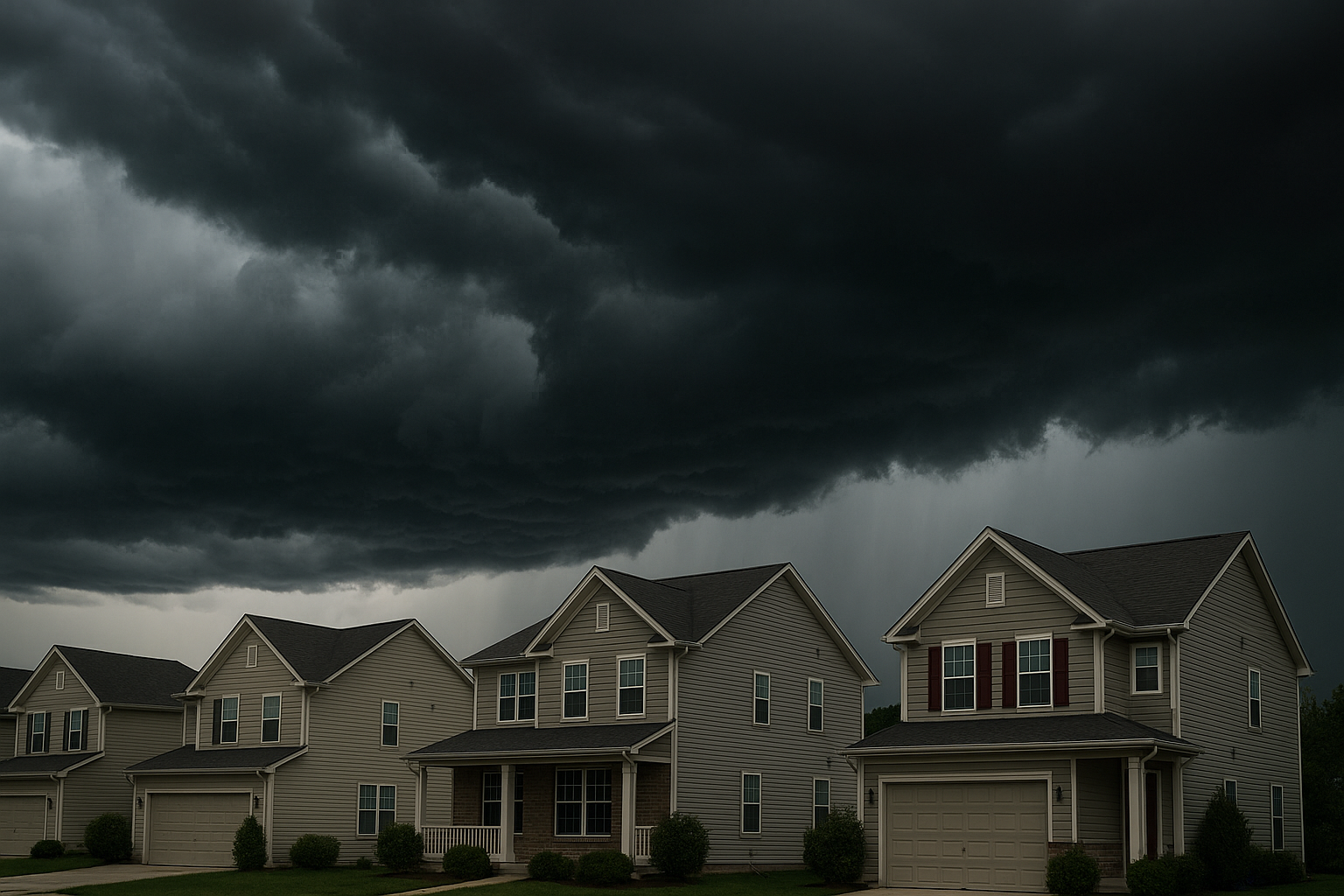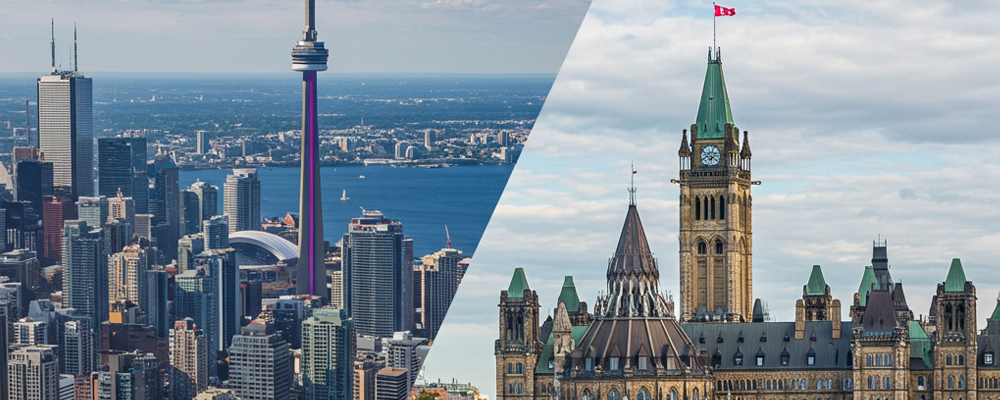The toronto ottawa real estate comparison is front and center for investors in 2025. Both cities are among Canada’s top property markets, but they offer distinct opportunities and risks. This article breaks down prices, growth, rental demand, and economic drivers to help you make an informed investment decision.
Toronto Ottawa Real Estate Comparison: 2025 Market Overview
Toronto and Ottawa consistently rank among the top Canadian cities for property investment. Toronto leads with its sheer size and dynamic economy, while Ottawa offers stability and affordability. According to recent data, Toronto’s average home price in February 2025 was $1,087,077 – up 1.4% year-over-year. Ottawa, meanwhile, saw its average home price rise by 2.9% to $669,945 .
Price Trends and Affordability
Toronto:
Ottawa:
Rental Demand and Yield
Toronto:
Ottawa:
Economic Drivers and Market Stability
Toronto:
Ottawa:
Supply, Growth, and Future Outlook
Toronto:
Ottawa:
Pros and Cons: Toronto vs. Ottawa for Investors
Factor Toronto Ottawa Average Price (2025) $1,087,077 $669,945 Market Stability High volatility, strong long-term growth Stable, less volatile Rental Yield High demand, lower cash flow Strong demand, positive cash flow Entry Affordability Challenging Accessible Economic Drivers Diverse, global city Government, tech, education Supply Situation Tight, slow to ease Tight, new projects coming online
Which Market Is Right for You?
Choose Toronto if you seek long-term appreciation in a global city and can handle higher entry costs and potential cash flow challenges.
Choose Ottawa if you prefer market stability, positive cash flow, and a lower barrier to entry with strong rental demand.
For more detailed market data, visit WOWA’s Ontario Housing Market Report and CBRE’s Ottawa Real Estate Outlook .
Final Thoughts
The toronto ottawa real estate comparison shows that both cities have strong investment potential in 2025. Toronto promises capital appreciation and global appeal, while Ottawa offers stability, affordability, and steady income. Your choice depends on your investment goals, risk tolerance, and financial capacity.
Ready to take the next step? Contact Bridge today for personalized advice and exclusive property opportunities in Toronto, Ottawa, and beyond.




